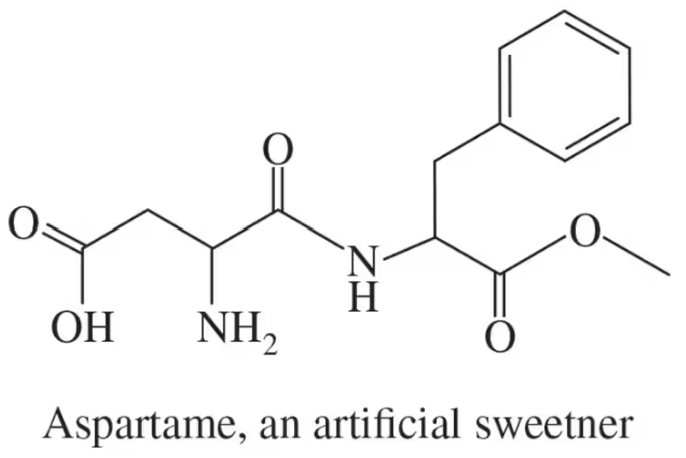Textbook Question
A compound called cinnamaldehyde is found in cinnamon. Identify the functional groups in cinnamaldehyde.
<IMAGE>
1148
views

 Verified step by step guidance
Verified step by step guidance Verified video answer for a similar problem:
Verified video answer for a similar problem:



 2:14m
2:14mMaster Hydrocarbons Concept 1 with a bite sized video explanation from Jules
Start learning